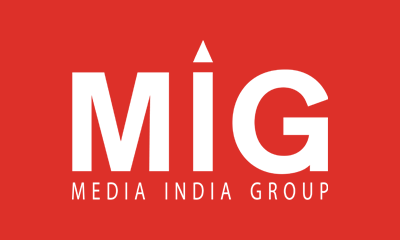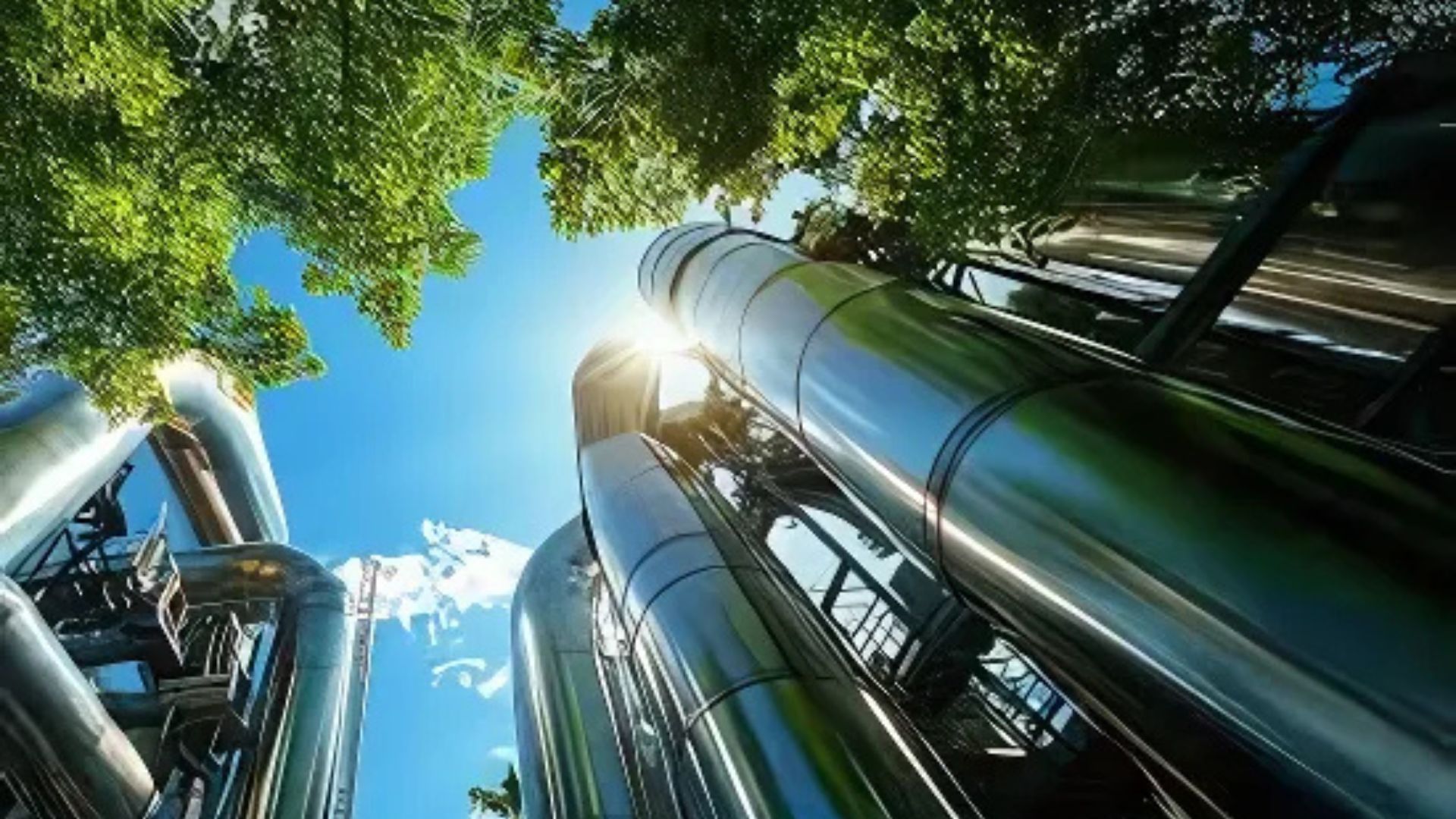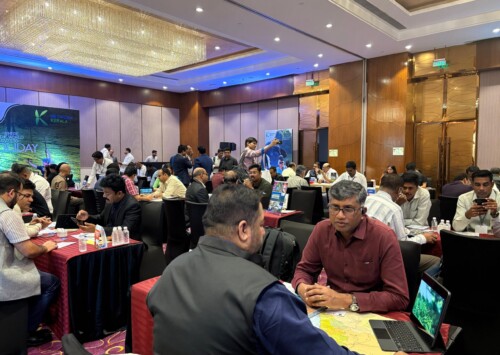Green steel demand in India to rise to 179 million tonnes by FY50: EY Parthenon
Construction, automotive and infrastructure sectors expected to drive growth
India’s demand for green steel is projected to reach 179 million tonnes by the financial year 2050, according to a report by EY Parthenon in collaboration with WWF-India and CII-Green Business Centre, supported by the India Green Steel Coalition.
As India sets an annual target to reach a steel production capacity of 500 million tonnes by 2047, a new report titled Unlocking green steel demand: An assessment of India’s automotive, infrastructure and construction sectors projects the country’s green steel demand to rise to 179 million tonnes by the financial year 2050. The report has been prepared by EY Parthenon in collaboration with WWF-India and CII-Green Business Centre, with support from the India Green Steel Coalition.
In a press statement, EY says that the report estimates that green steel demand, currently minimal, will rise to 4.49 million tonnes by FY30. Of this, the construction sector is expected to contribute 2.52 million tonnes, infrastructure 1.5 million tonnes and the automotive sector 0.48 million tonnes. By FY40, total demand is projected to reach 73.44 million tonnes.
It adds that India’s current steel consumption stands at 136 million tonnes, with construction and infrastructure jointly accounting for 78 pc of finished steel use. This figure is expected to grow to 390 million tonnes by FY50, driven by urbanisation and infrastructure expansion.
EY says that the report defines green steel as having an emission intensity below 0.5 tonnes of CO₂ per tonne of crude steel. India’s current emission level is estimated at 2.5 tonnes per tonne. The cost of producing steel using the blast furnace-basic oxygen furnace method is expected to increase by 81 pc by 2050, rising from USD 660 to USD 1,193 per tonne, primarily due to carbon pricing.
The global firm says that in comparison, the cost premium on green steel production is projected to decline as new technologies scale up. At present, the green steel premium results in cost increases of 4.1 pc for automotive manufacturing, 3.7 pc for construction and 5.2 pc for infrastructure. These are expected to drop to below 1 pc by 2035–2040.
EY says that the report also highlights the potential impact of the European Union’s Carbon Border Adjustment Mechanism (CBAM) on Indian steel exports. India’s current emission intensity is 106 pc higher than the EU benchmark of 1.28 tonnes of CO₂ per tonne, which could result in additional taxes worth USD 2.32 billion by 2030 if emission levels are not reduced.
The statement says that the report recommends the introduction of carbon pricing mechanisms, financial support for green production technologies, and alignment with global emission standards. It also outlines the need for the steel industry to reduce its emission intensity to 1.21 tonnes by 2030, adopt hydrogen-based direct reduced iron (DRI) methods, and invest in research and development to lower costs. End-use sectors are advised to begin green steel procurement in advance of net-zero deadlines and collaborate with suppliers to ensure availability.
EY says that the report identifies hydrogen-based DRI and scrap-based electric arc furnaces powered by renewable energy as the primary technologies for future production. It notes that without rapid scaling of infrastructure and investment, the gap between demand and supply could widen.

Kapil Bansal
“Moving to green steel is no doubt a big shift, it comes with its challenges, but also opens up huge opportunities for India’s industrial sector. Right now, the cost may look high, but that’s changing quickly. With carbon pricing on the rise and green hydrogen getting cheaper, what once felt like a nice-to-have for sustainability is fast turning into a business must-have.” says Kapil Bansal, Partner – Energy Transition, Decarbonisation, EY Parthenon.










